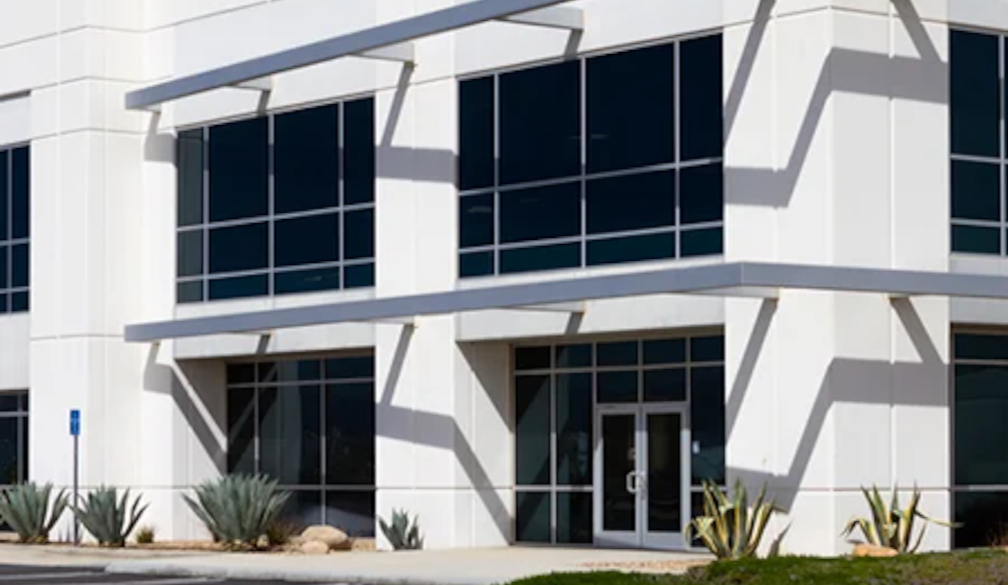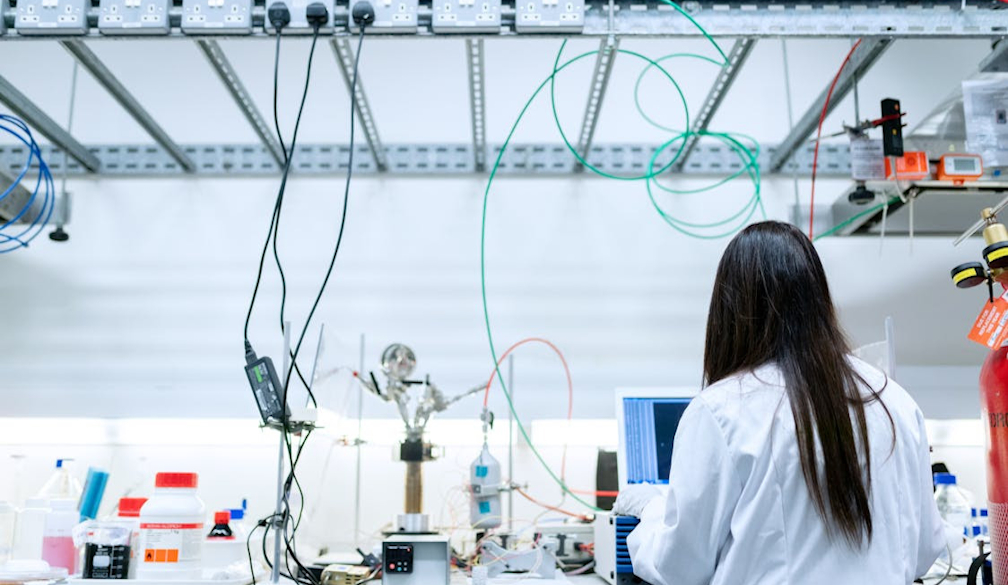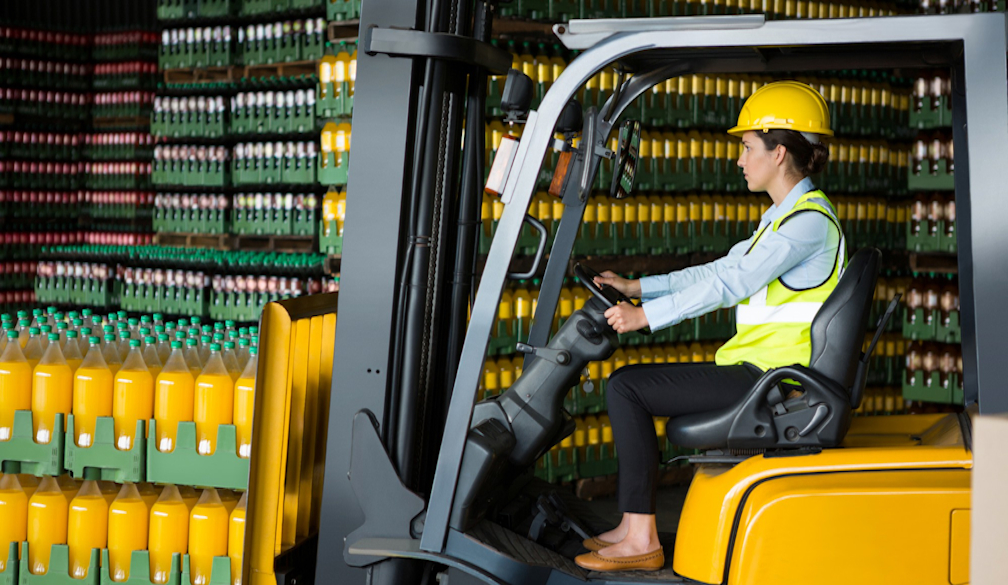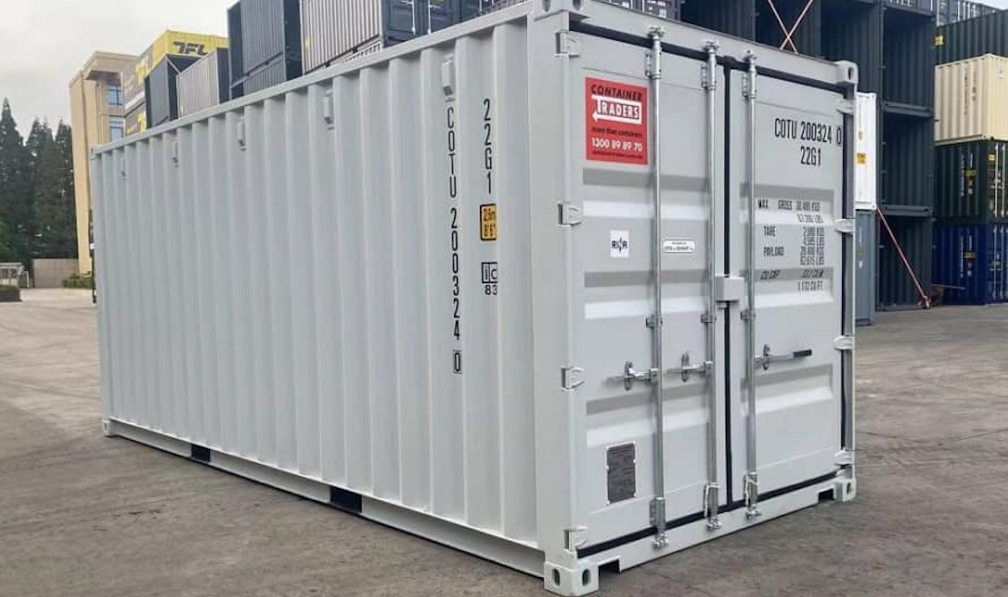MRZ Software and the Evolution of Document Recognition Technologies

Document recognition has undergone tremendous advancements over the years, significantly enhancing the ability to verify identities and authenticate documents. At the heart of this transformation is the use of MRZ software. Machine-readable zone (MRZ) software is designed to extract, interpret, and process the information encoded in the MRZ sections of documents like passports, visas, and ID cards. This software plays a crucial role in automating document recognition, reducing human error, and increasing the speed of verification processes in various industries.
MRZ software is integral to modern document recognition systems because it can quickly convert alphanumeric characters from scanned documents into digital data. This capability is particularly useful in high-security environments like airports, where fast and accurate identity verification is essential. The information encoded in the MRZ includes details such as the document holder's name, nationality, date of birth, and document expiration date, all of which are critical for verifying an individual's identity. By using MRZ software, authorities can instantly access and process this data without needing to manually input it.
One of the key strengths of MRZ software is its adaptability to different document formats from around the world. With globalization and the increase in international travel, there is a need for systems that can recognize passports and identity cards from various countries. MRZ software is designed to comply with the International Civil Aviation Organization (ICAO) standards, ensuring compatibility across a wide range of documents. This means that regardless of where a passport was issued, the software can reliably interpret and process the encoded data, making it a universal solution for document recognition.
Beyond its application in border control and immigration, MRZ software is increasingly being used in other sectors such as banking, healthcare, and law enforcement. In the banking sector, for example, the software helps institutions verify customer identities as part of Know Your Customer (KYC) regulations. This process involves scanning identification documents, extracting the relevant information through the MRZ, and cross-referencing it with internal or external databases to ensure the person’s legitimacy. The automation offered by MRZ software not only speeds up the verification process but also enhances security by reducing the likelihood of identity fraud.
In healthcare, MRZ software plays an important role in patient registration and record management. By verifying identification documents, medical facilities can ensure that patient information is correctly linked to the right individual. This reduces the risk of medical errors and enhances overall efficiency. In addition, MRZ software helps prevent healthcare fraud by ensuring that only authorized individuals can access certain services, a critical feature in both public and private healthcare systems.
One of the most promising developments in MRZ software is its integration with artificial intelligence (AI) and machine learning (ML). These technologies are being used to further enhance the accuracy and efficiency of document recognition systems. AI and ML allow MRZ software to learn from previous scans, improving its ability to detect anomalies or signs of tampering in documents. For example, if the software detects inconsistencies between the MRZ data and other information in the document, it can flag the document for further inspection, thereby increasing security.
Another key area where MRZ software is making an impact is in the realm of biometrics. Many modern MRZ software solutions are being integrated with biometric recognition systems, such as facial recognition or fingerprint scanning. This combination of document data with biometric verification adds an extra layer of security, ensuring that the person presenting the document is indeed its rightful owner. Such multi-factor authentication systems are especially valuable in high-security environments like airports, where accurate and reliable identity verification is crucial.
In addition to its security features, MRZ software is also designed to enhance user convenience. With the rise of mobile applications, MRZ software can now be integrated into smartphones and tablets, allowing users to scan and verify documents from anywhere. This has significant implications for industries such as travel and hospitality, where mobile check-ins and self-service kiosks are becoming increasingly popular. By enabling customers to scan their documents via mobile devices, businesses can streamline processes and enhance the overall user experience.
As document recognition technology continues to evolve, MRZ software will remain a critical component. The ongoing development of more advanced algorithms and AI-driven solutions will further improve the speed, accuracy, and security of document recognition systems. In the future, we may even see MRZ software being used in conjunction with blockchain technology, which would provide an immutable and decentralized way to store and verify identity information. This would further enhance the security of document recognition systems, making them even more resilient to fraud and tampering.
In conclusion, MRZ software is a key technology in the field of document recognition, offering unparalleled accuracy and efficiency in the verification of passports, visas, and ID cards. Its adaptability to different document formats and integration with AI and biometrics make it an essential tool in a wide range of industries, from border control to banking and healthcare. As technology continues to evolve, MRZ software will undoubtedly play an even more significant role in ensuring the security and reliability of identity verification processes.
















